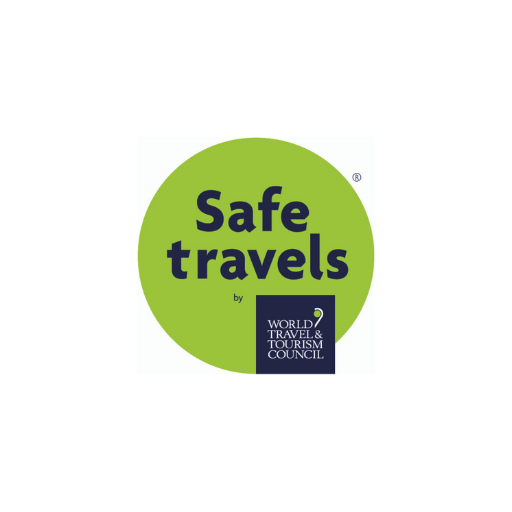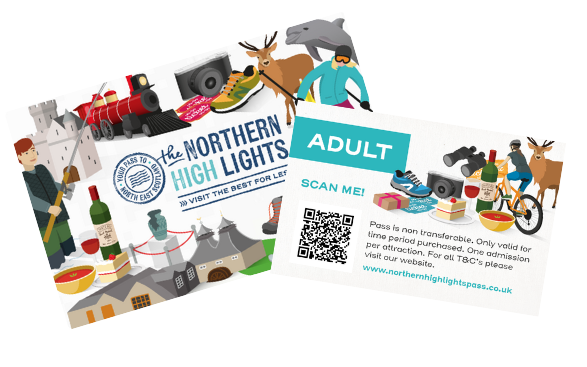Highland Games are as iconically Scottish as bagpipes, kilts and whisky – all of which feature heavily at any gathering, but just what are Highland Games and how did it all start?
Highland Games have proved to be one of Scotland’s biggest cultural exports with the events rooted some 1,000 years ago at the foot of a hill in Deeside.
The first historical reference to Highland Games type of events in Scotland was made during the reign of King Malcolm III (1057-1093) when he summoned men to race up Craig Choinnich near Braemar in order to find a royal messenger.
The games are said to have become a way of choosing the most-ablest men for the clan chieftain’s household, but it wasn’t just brute strength that was determined as musicians and dancers were also sought to add prestige to the clan.
The Braemar Gathering, arguably the most famous games in the world, had its roots in Kings Malcolm’s race. It’s modern incarnation began in 1815 when a mutual assistance society was formed in the town. Queen Victoria’s endorsement of the games is thought to have been the biggest single factor in the growth of such events and their export around the world.
The Braemar Royal Highland Gathering is the only Games attended annually by the British Royal Family and attracts around 10,000 spectators.Highland Games are held through the world with the first Highland Games in the USA taking place in New York in 1836, while Logan Park, Dunedin, New Zealand hosts one of the most southerly games
Today the games are noted for their unique sporting and athletic events, many of which involve throwing and lifting. These include the shot put, tug-o-war, caber toss and hammer throw – collectively known as heavy events. As well as the game themselves, spectators can enjoy the highland dancing, piping displays and the sights and sounds of the Pipe Bands.
One of the most recognised competitions namely “Tossing the Caber” has come to almost symbolise the Highland games around the world. No one really knows how the contest began but it has been suggested that cabers – today often a reclaimed telegraph pole – were first used to help men cross fast flowing rivers.
A full-length log, usually made of Scots pine, is stood upright and lifted by the competitor using both hands under the bottom of it, so as to rest against their body. They then move forward, building momentum, before tossing it into the air so that it turns end over end before it hits the ground. The aim is for the caber to land in line with the original run. If it is straight the toss is said to be in the 12 o’clock position. Competitors are judged on how closely their caber lands to 12 o’clock.
Highland Dancing is another important component of most Highland Games. It’s history lies in the fact that old kings and chiefs of Scotland used the Highland Dances as a way of choosing the best men for their servants and men at arms. These dances tested a warrior’s strength, stamina, accuracy, and agility.
The oldest of the traditional dances of Scotland, is the “Highland Fling” According to tradition, ancient warriors and clansmen performed this dance on the small round shield (called a targe), which they carried into battle. Most Targes had a sharp spike of steel of some 5 to 6 inches in length projecting from the centre, so dancers learned early to move with great skill and dexterity – a false or careless step could be more than a little painful.
The dance is said to have been inspired by the capers of the stag – the dancers upraised arms representing the animal’s antlers. Danced vigorously and exultantly, it is now highly stylised and calls for the greatest skill in technique and exactness of timing. It has become the classic solo dance at modern competitive dancing events and is often selected at competitions to decide who will be judged the best Highland dancer of the day
Highland Games are also the biggest, natural platform for the bagpipes with such events being sound-tracked by the pummelling, distinctive sound of the pipes and drums.
There is no better sight or sound than witnessing the wonderful spectacle of several pipe bands marching and playing together during a performance of massed pipe bands.
Visiting the north east of Scotland over the summer months, then here is a handy list of all the Scottish Highland Games taking place throughout this corner of Scotland from May till September. Whichever you choose to visit, why not also experience and enjoy some of the many other attractions that the area also has to offer. There are lots to uncover and explore……..what will you find to do?
The Northern HighLights Pass helps you to create a bespoke itinerary for your short break or longer Scottish holiday in the North East of Scotland. Purchasing a Northern HighLights Pass enables you to plan ahead, know before you go, plus, there are big savings to be had on entrance fees to the many excellent visitor attractions across the region. Visit the best for less!
Your Northern Highlights Pass is available as a digital pass and can be easily downloaded straight onto your smart phone. Alternatively, you can purchase a hard copy pass and this will be mailed out to you
So if you are interested to know more, remember to follow us on the Northern Highlights Pass social channels and also sign up to the “North East Blether” if you have not already done so.
Ready to start exploring? Northern Highlights visitors pass enables you to visit the best – for less. Buy your pass and start your adventure!
So whatever you choose to do in the next few weeks and months please do remember to stay safe and continue to follow the Guidance To Protect The Environment, yourself and all our local communities.
#RespectProtectEnjoy #CairngormsTogether #VisitMoraySpeyside #VisitAngus #VisitABDN #RediscoverABDN #ScotlandisCalling #EscapeTheEveryDay
Registered Office:
Scotland
SC407856
DeeTour Ltd
Battock Terrace
Torphins
Aberdeenshire
Have a tourism business in NE Scotland and would like to be a part of this new and exciting product? Please contact us and we will be back in touch.
Registered Office:
Scotland
SC407856
DeeTour Ltd
Battock Terrace
Torphins
Aberdeenshire
Have a tourism business in NE Scotland and would like to be a part of this new and exciting product? Please contact us and we will be back in touch.
Please note that the Northern Highlights Pass is under going review for 2025.
Last updated 13th February 2025.


Scotland SC407856 Registered Office : DeeTour Ltd, Battock Terrace, Torphins, Aberdeenshire
Have a tourism business in NE Scotland and would like to be a part of this new and exciting product?
Please contact us and we will be back in touch.

To save your shopping cart for later, simple add your email below.